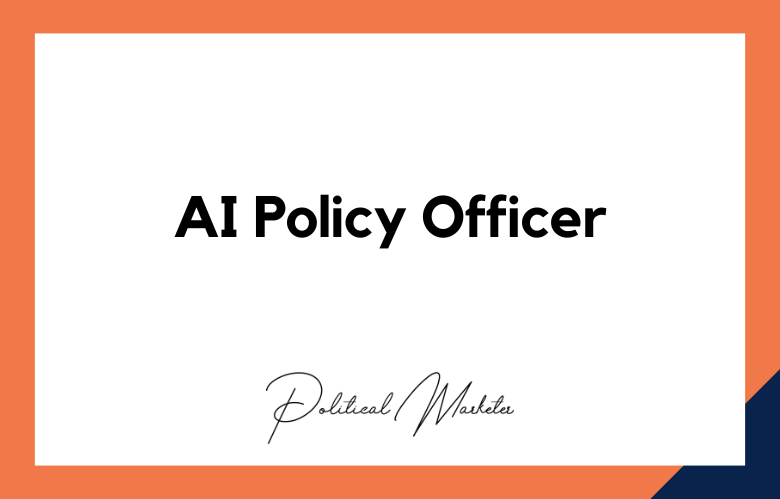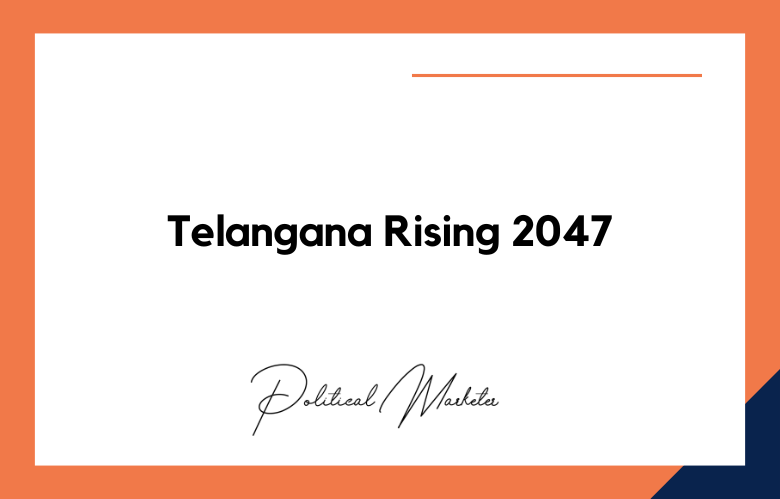In the age of digital media, social media has become an essential tool for politicians in election campaigns. With various social media platforms available, candidates can reach out to voters in more ways than ever before. One platform that has seen significant growth in political campaigns is YouTube.
This video-sharing platform has become a powerful tool for political candidates to communicate their message. We will explore how YouTube changes the political landscape and how candidates use it.
The Power of Video Content
One of the reasons why YouTube has become such an essential platform for political campaigns is its ability to showcase video content. Video content is more engaging than other forms of content. This is because videos can help candidates connect with their audience more personally. Using YouTube, candidates can create videos to introduce their candidacy, explain their policies, and share their thoughts and experiences with their followers.
The Effectiveness of Targeted Advertising
Another way that YouTube has become a valuable platform for political campaigns is through targeted advertising. With the help of YouTube’s advertising platform, candidates can reach out to their target audience more effectively. YouTube’s advertising platform allows candidates to target their ads based on age, location, interests, and more. This means that candidates can reach out to voters who are most likely interested in their message.
The Rise of Influencer Marketing
Influencer marketing has become a popular strategy in many industries, and politics is no exception. By collaborating with influencers with a large following on YouTube, candidates can amplify their message to a broader audience. Influencers can help candidates reach out to younger voters who may need to be more engaged in traditional media. This is because influencers are seen as more authentic and relatable by younger people who spend a lot of time on social media.
The Challenges of YouTube Campaigning
While YouTube offers many opportunities for political campaigns, some challenges come with using this platform. One of the challenges is maintaining authenticity. With so many candidates using YouTube, it can be easy for them to come across as inauthentic or pandering to their audience.
Another challenge is the risk of negative backlash. Since YouTube is an open platform, anyone can comment positively or negatively. Candidates need to be prepared to deal with negative comments and criticism.
The Future of YouTube in Politics
As YouTube grows in popularity, it will likely become an even more important platform for political campaigns. Using YouTube, candidates can engage with audiences in ways that were impossible in the past. While there are challenges to using this platform, the benefits far outweigh the risks. As the digital landscape evolves, political campaigns must adapt and use the most influential media available.
The YouTube Revolution: How it is Changing the Political Landscape
In recent years, YouTube has become one of the most potent and influential political platforms. With its user base reaching over two billion people worldwide, this video-sharing giant has effectively changed how political campaigns are run and how people consume news and information.
One of the most striking examples of the YouTube Revolution’s impact is the 2008 US presidential election. The then-rising star Barack Obama used the platform to rally support and fundraise unprecedented amounts of money. The viral “Yes We Can” video, featuring celebrities singing a song supporting Obama, garnered more than 26 million views and became the cultural touchstone for the campaign. The success of his YouTube strategy helped Obama become the first African-American president in US history.
YouTube’s Political Powerhouse: Shaping Election Campaigns
In recent years, YouTube has emerged as a political powerhouse shaping election campaigns worldwide. With over 2 billion monthly active users, the video-sharing platform has become a primary source of news, information, and political content for a rapidly growing audience.
One of the critical advantages of YouTube is its ability to democratize the political process, giving a voice to ordinary citizens who may not otherwise have access to traditional media channels. This has led to the rise of political influencers, who use the platform to share their views on election issues and promote candidates or parties.
From Videos to Votes: YouTube’s Influence in Politics
As the most popular video-sharing platform in the world, YouTube has revolutionized how people consume visual content. With over 2 billion monthly active users and over one billion hours watched daily, YouTube has become an assertive political communication and persuasion medium.
YouTube has proved to be an effective tool for political campaigns, providing a platform to broadcast messages to many potential voters. According to a study by the Pew Research Center, 63% of adult YouTube users in the United States say they use the platform to watch video content related to politics, while 47% use the platform to get news. This establishes YouTube as a significant source of political information for millions of people.
The YouTube Generation: A New Era of Political Campaigning
The digital era has brought about a radical transformation in the way we engage with political campaigns. Social media and online platforms have given rise to the YouTube generation – a demographic accustomed to consuming information primarily in videos. This has revolutionized political campaigning, as politicians have shifted their focus to creating online content that resonates with this audience.
Politicians recognize the power of YouTube, with many using the platform to share political messages, connect with voters, and garner support. YouTube is an accessible medium enabling politicians to reach diverse audiences from different backgrounds, regardless of where they reside.
Viral Politics: Harnessing YouTube’s Impact on Elections
In today’s world, social media has become an indispensable part of our daily lives. As one of the most popular social media platforms, YouTube has recently gained unprecedented prominence. With over 2 billion active monthly users, YouTube has become one of the most effective tools for political campaigns to reach their target audience.
The impact of YouTube on election campaigns is profound and far-reaching. Political candidates use the platform to create videos showcasing their achievements, policies, and ideologies. YouTube offers an unparalleled opportunity for politicians to engage with their supporters directly, as voters can leave comments on videos, ask questions, or express their views.
YouTube Warriors: The Rising Stars Shaping Election Campaigns
In recent years, the role of social media in election campaigning has risen dramatically, with YouTube being one of the most powerful platforms. As video becomes an increasingly popular medium for voters to consume political content, a new online influencer class, “YouTube Warriors,” has emerged. These individuals combine their personal charm, storytelling skills, and platform expertise to create compelling political content that resonates with their audiences.
Many of these YouTube Warriors are young and charismatic individuals who use their authentic personalities to build loyal followings that support their political endorsements. For instance, Emma Chamberlain, a popular YouTuber with 10.1 million followers, used her platform to urge her young audience to vote for Joe Biden in the US presidential election. Her endorsement was a testament to her influence and indicates how social media platforms have become a key battleground in election campaigns.
Conclusion:
YouTube has become an invaluable tool for political campaigns. By using video content, targeted advertising, and influencer marketing, candidates can reach out to voters in more ways than ever before. While there are challenges to using this platform, such as the risk of negative comments and maintaining authenticity, the benefits far outweigh the risks. As digital media evolves, YouTube will likely become an even more important platform for political campaigns. It is up to candidates to adapt to these changes and use the most effective strategies available.
Call: +91 9848321284
Email: [email protected]
Frequently Asked Questions (FAQs)
How is YouTube influencing modern political campaigns?
YouTube provides a powerful video platform for political storytelling, candidate visibility, issue-based education, and direct voter engagement.
Why do politicians prefer YouTube for long-form content?
It allows in-depth explanations of policies, speeches, interviews, and behind-the-scenes narratives that build trust and transparency.
What types of political content perform best on YouTube?
Campaign ads, vlogs, explainer videos, short speeches, debates, and emotional storytelling often perform well in terms of views and engagement.
How do YouTube Shorts support political communication?
Shorts are ideal for mobile-first voters, delivering quick, digestible messages and viral moments that can significantly boost visibility.
What role does YouTube play in rural and regional campaigning?
With increasing mobile access in rural areas, regional-language YouTube content is key to reaching and educating local populations.
Can YouTube help counter misinformation in politics?
Yes, politicians and parties can upload clarification videos, fact-based responses, and crisis communications in real time.
How is YouTube different from TV advertising in elections?
YouTube offers interactivity, comment sections, targeted ads, and real-time performance tracking—unlike traditional one-way TV broadcasting.
What is the impact of YouTube’s recommendation algorithm on political content?
The algorithm amplifies engaging or controversial political content, which can increase reach but may also create echo chambers.
How do political campaigns use YouTube Ads?
They run skippable or non-skippable ads targeted by location, age, interest, and even voter lists to drive awareness or conversions.
Are influencers and creators involved in YouTube political campaigns?
Yes, many political parties collaborate with YouTubers and creators to reach youth audiences with indirect or soft advocacy.
What analytics should politicians track on YouTube?
Watch time, viewer retention, click-through rate, comments, likes, shares, and subscriber growth all reflect content effectiveness.
Can YouTube livestreams help during election rallies?
Livestreams provide real-time access to events, enabling broader participation and immediate voter feedback across geographies.
Is YouTube effective for candidate branding?
Absolutely. A well-maintained YouTube channel with consistent branding, messaging, and visual tone strengthens candidate identity.
How important are thumbnails and titles in political videos?
They are critical—compelling thumbnails and optimized titles can drastically improve click-through rates and discoverability.
How do political parties manage negative comments on YouTube?
Through comment moderation, strategic engagement, and reporting abusive behavior while promoting open dialogue where possible.
What is the role of playlists in YouTube political channels?
Playlists organize content by topics (e.g., women’s issues, economy, speeches), making navigation easier for different voter segments.
How often should political content be posted on YouTube?
Consistency matters. Posting at least once or twice a week keeps the channel active and signals relevance to subscribers.
What are the risks of relying too much on YouTube?
Platform dependency, algorithm shifts, demonetization, or content flagging can limit reach and affect message control.
Can YouTube be used for political fundraising?
Yes, campaigns often link to donation pages in descriptions, cards, and end screens, encouraging contributions directly from viewers.
What is the future of YouTube in political campaigning?
It will continue to expand with AI-enhanced targeting, AR/VR integration, live Q&A formats, and deeper personalization of voter engagement.










